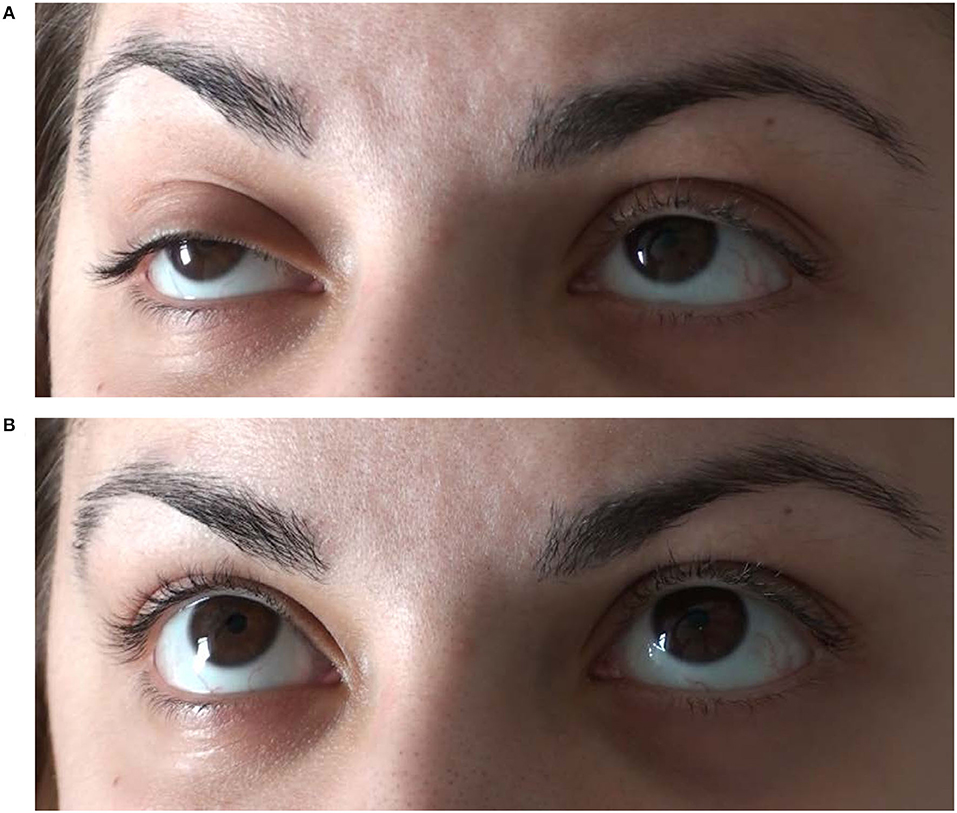Myasthenia Gravis Diseases 2021, held under the auspices of the Emirates Neurological Society (EMINS) and supported by Biologix, was a peerless descriptive session on the complex autoimmune disorder in which antibodies destroy neuromuscular connections. It revealed the updates in diagnosis and treatments of the rare long-term condition. The success of the interactive session was attributed to 1131 participants from around the world.
Neuromuscular Series Chairman Dr. Abubaker Al Madani, Senior Neurologist United Medical Center, Wafi Mall, Dubai, UAE, has appointed Dr. Salama Karmastaji, Neurology Specialist Rashid Hospital, DHA, UAE, as the Webinar Chairman. Dr. Salama welcomed the panel of speakers that include Dr. Yassir Mehmood Malik, Senior Specialist in Neurology at Rashid Hospital, UAE, and Prof. James Howard, Professor of Neurology and Medicine at University of North Carolina at Chapel Hill, USA.
Dr. Yassir Mehmood Malik has provided detailed updates in the Diagnosis of Myasthenia Gravis (MG). According to his studies, the prevalence of MG is approximately 70 -320/ million and it is increasing since the mid-20th century. He explained the Clinical features, Clinical tests, and different antibodies of MG such as Acetylcholine Receptor (AChR), Muscle-specific tyrosine kinase- (MuSK), lipoprotein receptor-related protein 4 (LRP4), and Anti–striated muscle (anti-SM) antibodies. Approximately 50% of patients (45 – 60% in most studies) ‘generalize’ by two years. There are no factors that predict which patients who present with the ocular disease will develop generalized myasthenia. He described MG diagnosis techniques such as ELECTROPHYSIOLOGIC testing, repetitive nerve stimulation (RNS) protocol in MG, Single-fiber EMG, and Chest imaging.
Prof. James Howard has focused on the update in Treatment of MG and explained targeted therapies for the treatment of the disease. With statistical support, he claimed that even with substantial improvements in care, patients with MG continue to experience
significant unmet needs. In MG, several factors may contribute to an individual’s burden of disease and various individual patient characteristics may also affect disease burden. Prof. James explained the MG disease burden and acute and chronic limitations of MG treatment. Complement activation is the most important mechanism for pathogenic anti-AChR+ MG, he added. He opinioned that immunoglobulin G (IgG) Autoantibodies are key mediators of MG pathophysiology and reducing pathogenic IgG autoantibodies is a rational approach for treating MG. His session was excellent in providing the best treatment perspectives in Myasthenia Gravis.
Webinar Chairman Dr. Salama Karmastaji has conducted the Q&A session at the end and expressed her appreciation and sincere gratitude to the members for facilitating the webinar with so many participants.
